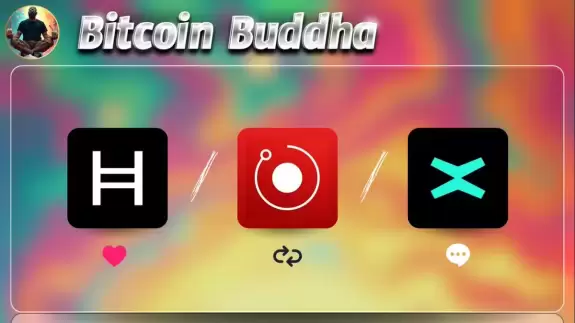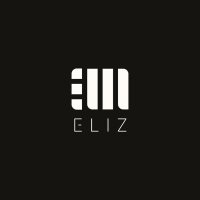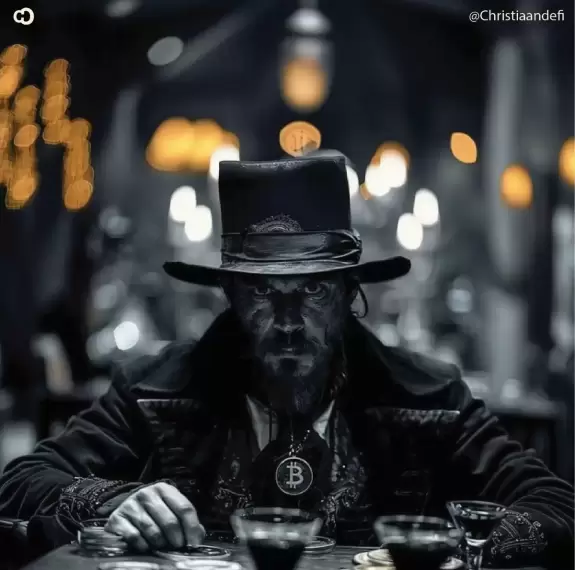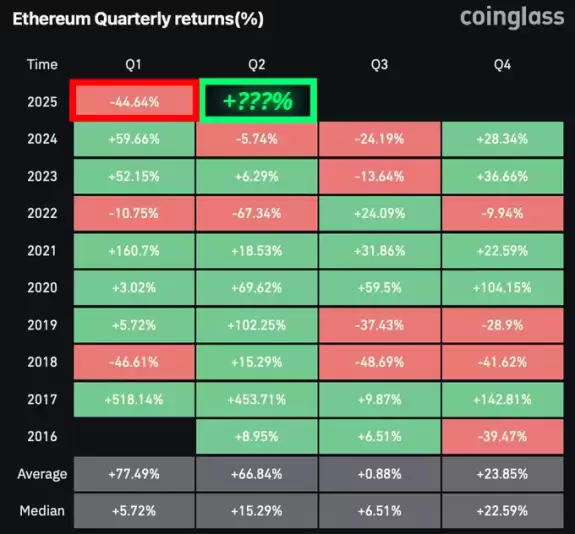Communtity feeds
-

- Twitter source
- Bitcoin Buddha Mar 31, 2025 at 03:46 pm
-

- Twitter source
- Christiaan Mar 31, 2025 at 03:34 pm
-

- Twitter source
- Marco Polo Mar 31, 2025 at 03:30 pm
-

- Twitter source
- Sjuul | AltCryptoGems Mar 31, 2025 at 02:50 pm
- . has squashed any hopes of $DOGE being included in the U.S. government's D.O.G.E. initiative. Report by .
-

- Twitter source
- Mister Crypto Mar 31, 2025 at 02:20 pm
-

- Twitter source
- 💎GEM INSIDER💎 Mar 31, 2025 at 02:05 pm
-
- Twitter source
- {{val.author }} {{val.createtime }}














































































